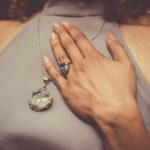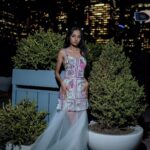Headwear is a representation of a historical fashion and an essential component of virtually every costume. Hats and hairstyles frequently signify rank, position, occupation, and other distinctions. It was not the case that hats were worn randomly, although there was some element of personal choice within a specified range. Therefore, we shall present the caps and headdresses historically worn in Japan.
Traditional Hats/Caps In Japan
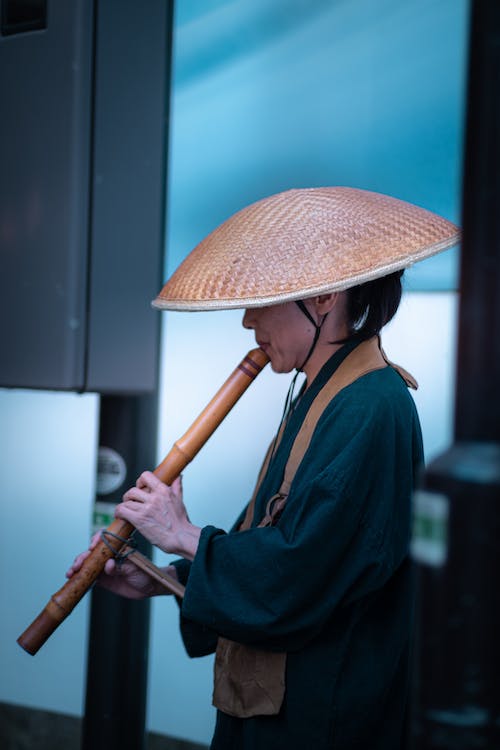
Kasa
Kasa refers to any traditional Japanese straw-woven hat. Kasa came in various styles, which may be utilized to determine the wearer’s occupation.
Kasa was crafted from natural fibers. As with many traditional garments, the style dictated the materials used to construct the garment.
Materials such as bamboo, sedges, straw, rushes, wicker, and grasses were used to create Kasa. Many Kasa were also waterproofed with lacquer or tree sap, but particular types of straw were water-resistant.
Also Kasa were frequently painted were mostly with black. The middle class and higher class wore vermillion and gold-colored caps, respectively. Possibly, certain types of Kasa were embossed with the Mon crest.
Kasa Variants
- Amigasa has a round form with sloping sides and is frequently featured in folk dancing.
- Jingasa is a tough warrior hat worn by samurai and ashigaru and featuring a crest.
- Sugegasa are woven conical straw hats worn by farmers.
- Takuhatsugasa is a rice-straw basket-like hat worn by Buddhist monks to conceal their identity and facilitate undistracted meditation.
Eboshi
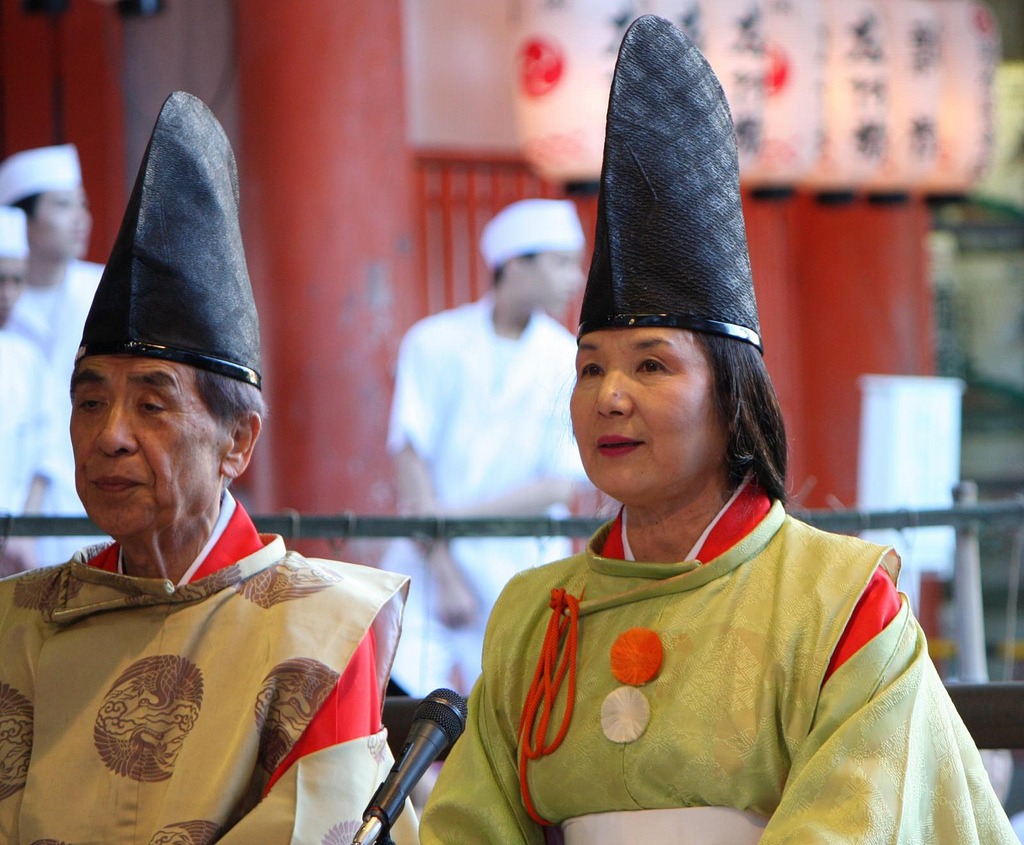
Eboshi refers to a category of hats that have existed since at least the Nara period. They are made of black fabric, typically hemp or similar material, and paper was used in later iterations.
The black tint earned them their name, “bird hat” in Chinese characters, as it resembled a blackbird’s feathers.
Originally, they were soft and flexible, going around the head and covering the hair while frequently sliding back; this style was known as nae-eboshi and remained popular among commoners (pliable eboshi). The fabric was eventually starched and varnished, giving it a towering, erect form.
For tenjobito, or palace-admitting lords, the erect tate-eboshi was chosen, while the lower-ranking jige opted for the rakish kazaori-eboshi.
Unlike the official kanmuri, the shape of these hats varied based on the rank and position of the user, but they were nonetheless casual.
Initially, as the bushi grew in authority and status, they adopted more refined forms of the nae-eboshi, such as the hikitate-eboshi, which was appropriate for wearing under a kabuto due to the manner it was frequently tied.
The samurai adopted a folding ori-eboshi, which became the defining headgear for generations, due to the emondo fashion trend towards a more robust and angular appearance.
Originally made from starched or lacquered cloth that was light and semi-opaque, eboshi was eventually constructed from lacquered cloth or paper to create the desired effect.
Even now, this form can be observed in Shinto temples and festivals. These hats are worn by guys almost exclusively. Exceptions, such as shirabyoshi dancers, wear distinctly masculine attire.
This is most likely since they were designed to complement the common male hairdo, the motodori, which allowed the eboshi to protrude slightly off the back of a man’s head; nevertheless, cords were available for those who could not attain the desired appearance.
Kanmuri
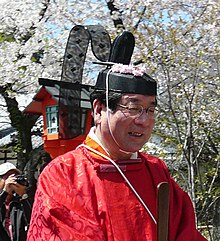
The traditional court cap is imported from China, referred to as the guan. It evolved from the Han Chinese’s natural headwear. The earliest version appears to be a black cloth tied around and over the head, frequently characterized as a turban in English literature. This was known as a tokin in Japan and was prevalent during the Asuka, Nara, and early Heian periods.
Traditional Headdress In Japan
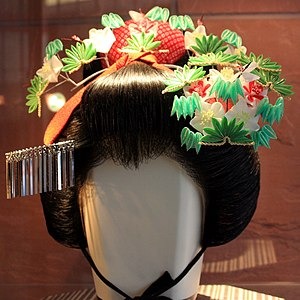
Kanzashi (簪) are hair decorations used in traditional Japanese hairstyles. Geishas for instance have very iconic hairstyle throughout the history and it is also because of the very symbolic hair decorations they use.
The name kanzashi refers to many accessories, including long, inflexible hairpins, barrettes, fabric flowers, and fabric hair ties.
In the English-speaking world, the term kanzashi is often used to describe hair ornaments created from layers of folded cloth used to form flowers (tsunami kanzashi), or the process of folding used to make the flowers.
The hair accessory known as kanzashi emerged during the Heian period a millennium ago when ladies began to wear their hair in intricate coiffed styles as opposed to the previously preferred long, straight taregami style.
Kanzashi, which is mentioned in The Tale of Genji and poetry throughout the years, has a lengthy history and culture. They gained widespread popularity during the latter Edo era as more people had access to them and new styles were developed.
They became so popular that regulations were passed prohibiting their use in the shogun’s residences since their pointed ends made them a potentially dangerous weapon!
What are Popular Kanzashi Designs?
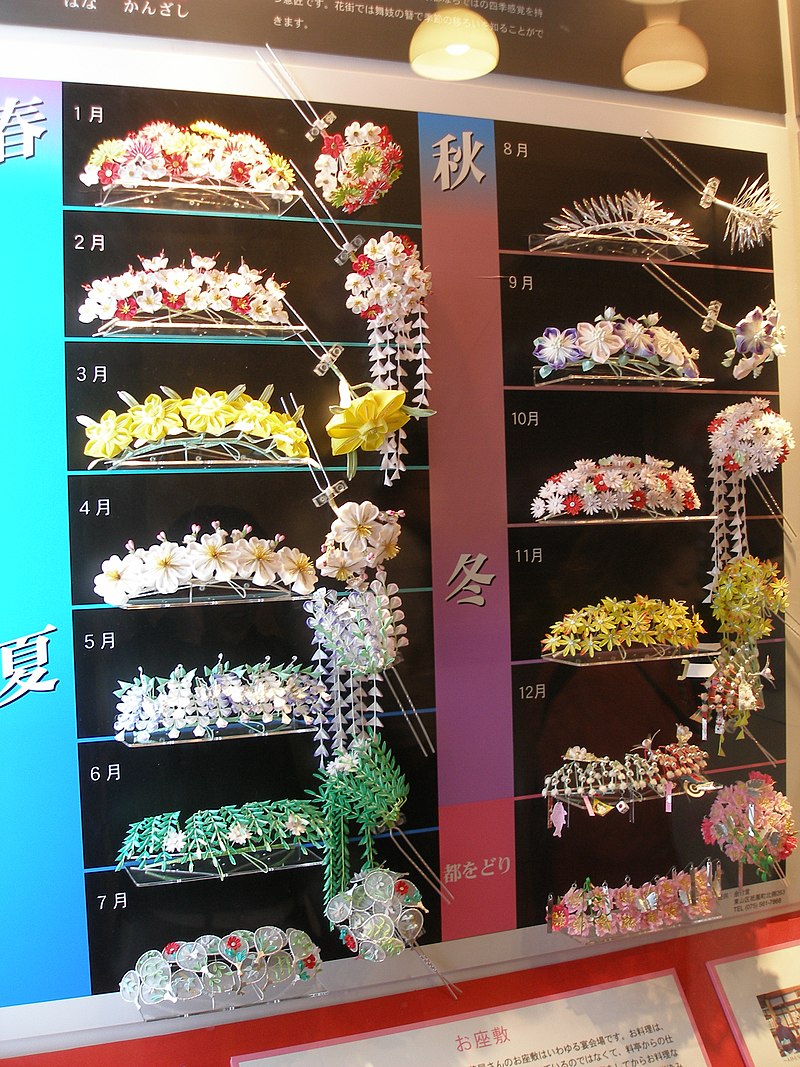
As Hana (‘flower’) kanzashi varies with the seasons, the flowers you select are an integral aspect of Japanese culture.
Here are the twelve months and the flowers that correlate to them:
As it is a new year, January designs feature vibrant winter flowers and leaves, such as chrysanthemums, ume blossoms, and bamboo.
February’s designs emphasize the arrival of spring and the celebration of young love with an abundance of pink, white, and red ume blooms of various hues.
In March, narcissus, peony blooms, and rapeseed bloom creating an abundance of cheerful golden hues.
April is sakura season, and cherry blossoms are the signature motif of these lovely Hana kanzashi pins.
May is characterized by purple and blue hues from irises, wisteria, and peonies, which signify the peak of spring.
As the rainy season comes in June, the trailing willow leaves make beautiful pins. There are also hydrangeas scattered throughout the composition.
July is the summer festival season; therefore, pins adorned with colorful fans, typically in the uchiwa style, are prevalent. The fans are frequently embellished with flowers and dragonflies.
August has pointy designs, such as starbursts, morning glories, and susuki grass, are utilized for these late summer designs. Meiko often wears pink and red hues, while Geiko typically wears silver.
September is traditionally connected with the appearance of the purple and pink bellflower Hana kanzashi. You may also find other autumn flowers such as chrysanthemum and bush clover.
In October, chrysanthemums represent the peak of autumn, and red and pink hues are frequently used to create pins for the end of the season.
With stunning golden, crimson, and green hues, the maple leaves that trail behind this Hana kazashi in November are among the most eye-catching of the year.
December kanzashi features unique embellishments such as blank Maneki, mochibana, and rice cake flowers. In December, debut kabuki performances are presented in Kyoto, and the names of the performers are posted on Maneki noticeboards.
During the Kagai Soken kabuki event, Geisha and Maiko frequently get the Maneki on their hairpieces autographed.
The post What Type Of Hats And Headdress Were Traditionally Worn In Japan? first appeared on thedailyvogue.com.


